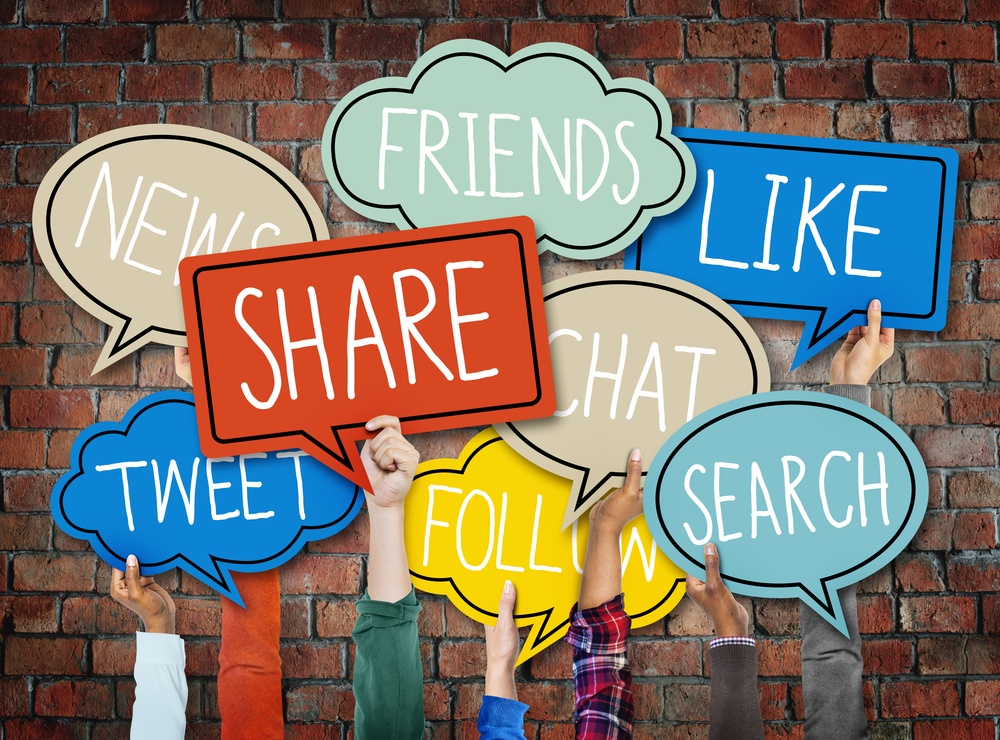How Facebook Can Support eLearning
There is no doubt that internet has changed the way people search for information, interact, buy products or services, and even learn. Before seeing why and how use Facebook as an eLearning tool, let us have a look at some internet and social media trends.
UK Internet Trends
According to the Office for National Statistics, in 2013 36 million adults (73%) in Great Britain accessed the internet every day; that is 20 million more than in 2006. Furthermore, 72% of all adults bought goods or services online, up from 53% in 2008 (Office for National Statistics, 2013).
Another change is the plethora of devices used nowadays to perform those activities. Half of UK adults now use a mobile phone to go online and more than 1 out of 10 use a tablet computer, games console/ player, or portable media player (Ofcom, 2013).
Britons Second Most Prolific Facebook Users In Europe
Britons are the second most prolific Facebook and Twitter users in Europe with a fifth of over 65s now using these sites (Mail Online, 2013). In general, Social networking continues to grow in popularity; 2 out of 3 (64%) internet users now have a social networking site profile, an increase from 59% in 2011. 7 out of 10 (72%) of those with a social networking profile visit these sites daily, and half of them (50%) visit more than daily. On average, those with a social networking profile estimate that they have 237 friends or contacts listed on their main social networking profile, with a far higher average for 16-24s (352) than for those aged 45 and over (126) (Ofcom, 2013). Thus, eLearning providers should follow their audience and make full use of what the social media platforms can offer by constructing a well-planned social media strategy.
Facebook As An eLearning Tool
Facebook is mainly used for social connectivity and as an entertainment outlet, but studies have shown that it can also be used for facilitating learning activities. Universities across the globe are currently using Facebook to monitor, recruit, or dismiss students. Faculty members find it easier to approach their target audience via Facebook, and in many cases students prefer using Facebook for interacting with their classmates or downloading course material and communicating with lecturers than using their University’s official software (Bosch’, 2009).
How To Use Facebook As An eLearning Tool
- Upload articles.
These articles will support personal development, for example career tips, selfassesment tools, and industry news. - Additional resources.
Offer free eBooks, videos, presentations etc. to assist students in successfully completing their current courses and getting them interested about starting new courses within your brand. - eLearning to user interaction.
The eLearning provider and learner interaction could assist in motivating users to finish their courses and resolving any bottlenecks in order to limit the number of potential user queries by providing additional guides and instructions. - User to user interaction.
Allow users to interact with each other to build a co-learning space and an engaged online community. This way, learners can share stories and experiences and limit the time you will need for provoking participation.
Why Use Facebook As An eLearning Tool
- You spend fewer resources on customer research.
The eLearning provider and learner interaction could assist you in gaining valuable insights about what technologies/platforms your audience prefers and what activities they value and enjoy the most. - You spend fewer resources on product development.
You can use your Facebook community for testing new concepts before fully developing a new service or a course. Also, you can identify learners’ satisfaction from your services, and get ideas for developing new courses. - You reach your target audience on a low budget.
One of the best assets of Facebook is that you can promote yourself with no or a limited budget. For example, you can launch contests, offer coupons or a free resource to get more likes, or get your current followers to share your content. - You build a “social” brand name.
Creating a very open and social profile for your brand will allow people to learn more about you and your services and assist in building trust towards your resources. Putting a face behind your company logo is crucial, as users want to know about your story and vision.
Conclusion
It can be concluded that using Facebook for supporting your eLearning services has many benefits for the eLearning provider and for the end user. The eLearning provider can connect in a fast and cost effective way with his target audience and gain valuable insights. The learner can have access to exclusive content, connect with other learners, and learn in a social way.
As an eLearning provider, you should always make sure that you promote truthful and accurate information and promote real offers via your social media channels, as bad news travel faster than good news, and negative comments and reviews can shutter your brand image beyond recovery.

